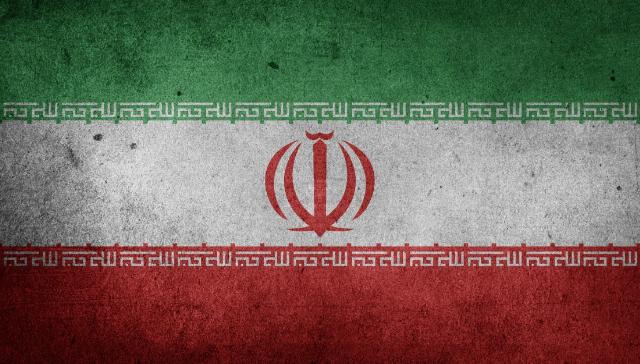


With executions surging inside Iran and the regime issuing fresh threats against political prisoners, a chilling warning is echoing from within the country’s prisons: Tehran may be preparing for another mass atrocity — one that mirrors the 1988 massacre of political detainees.
On July 17, 2025, Saeed Masouri, a longtime political prisoner, sounded the alarm in a powerful open letter. He declared that his resistance was not about opposing a prison transfer, but about preventing “another state-sanctioned crime from unfolding in the shadows.” His words recall the summer of 1988, when an estimated 30,000 political prisoners — mostly members or supporters of the MEK — were executed in cold blood.
This warning comes in the wake of the 12-day Iran-Israel war, which has left the Islamic Republic strategically weakened and internally unstable. Tehran’s influence in Syria has waned, Hezb’allah is under unprecedented pressure, and the Houthis — long a loyal proxy — are quietly distancing themselves amid rising internal and external pressures. At home, widespread protests have erupted in Ahvaz and Kerman, where regime forces opened fire on unarmed demonstrators. These scenes evoke the brutality of November 2019, when over 1,500 protesters were slaughtered in less than a week.
Since August of 2024, Iran has executed over 1,459 individuals — including protesters, ethnic minorities, and political prisoners. Many were convicted on charges such as “waging war against God,” a legal pretext used in the 1980s to justify mass executions. This pattern, ramping up executions to instill fear and prepare for broader purges, matches the regime’s tactics before the 1988 massacre.
This escalation is not accidental. As the anniversary of the 1988 executions approaches, reports from prisons like Evin, Ghezel Hesar, and Gohardasht reveal that inmates are once again being summoned and questioned about their ideological loyalties — eerily similar to the interrogations conducted by the infamous “Death Commissions” in 1988.
I remember those days personally. On June 20, 1981, millions of Iranians took to the streets calling for political freedom. The regime responded with unspeakable violence. I was among the young protesters in a provincial city and witnessed the regime’s savagery firsthand. Young women were beaten to death. Protesters were gunned down. That crackdown marked the beginning of a systematic campaign to annihilate all organized opposition.
The culmination came in 1988, when Ayatollah Khomeini issued a fatwa demanding the execution of all imprisoned MEK members who refused to renounce their beliefs. Prisoners were hanged in groups and buried in mass graves. The regime then quickly pivoted, rebranding itself as “moderate” to deceive a complacent international community.
That cycle — mass murder followed by diplomatic charm — is precisely what we see unfolding again.
Tehran today is led by many of the same men responsible for 1988, including Supreme Leader Ali Khamenei. They remain unpunished. And now, with the regime facing unprecedented internal resistance, it is falling back on mass execution.
Thousands of political prisoners remain in Iran’s jails today. They are tortured, denied medical care, and isolated from the outside world. The regime has criminalized dissent itself — branding resistance as “enmity against God,” an offense punishable by death. The increasing number of these charges strongly suggests the regime is preparing for another lethal purge.
The international community must not look away this time.
The 1988 massacre is not just a historical tragedy; it is the regime’s template for survival. Saeed Masouri’s letter is a desperate plea for international attention before history repeats itself.
There must be consequences. The United Nations and Western governments must launch investigations into the rising number of executions and place Iran’s human rights record at the forefront of any diplomatic engagement. Silence in 1988 enabled the regime to get away with mass murder. Silence now will greenlight another atrocity.
The Iranian people are ready for change. They continue to resist despite brutality and fear. But they must not be left to face this regime alone. Justice delayed in 1988 must not become justice denied in 2025.

Image: Chickenonline via Pixabay, Pixabay License.
